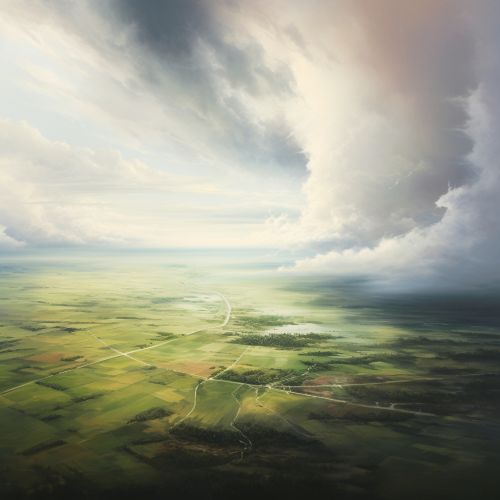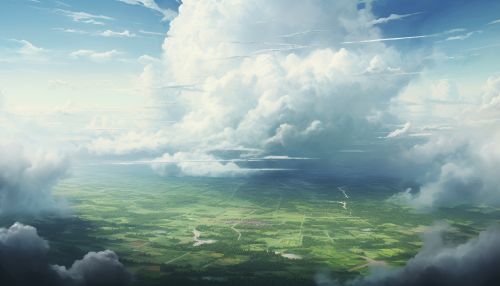Tornado Alley
Overview
Tornado Alley is a colloquial term most often used to denote the area in the United States where tornadoes are most frequent. The term was first used in 1952 as the title of a research project to study severe weather in areas of Texas, Louisiana, Oklahoma, Kansas, South Dakota, Iowa and Nebraska. Tornado Alley can also relate to the broader area in the United States and Canada where tornadoes are most likely to occur, particularly in the central United States.


Geography and Climate
The geography and climate of Tornado Alley make it particularly susceptible to tornadoes. The region is largely flat, which allows cold dry air from Canada to meet warm moist air from the Gulf of Mexico. When these air masses meet, they create instability in the atmosphere that can lead to the formation of supercell thunderstorms, the precursors to most tornadoes.
Tornado Formation
Tornadoes form from severe thunderstorms in a type of weather pattern called a supercell. Supercells contain mesocyclones, an area of organized rotation a few miles up in the atmosphere, usually 1-6 miles across. The mesocyclone often develops before there is any visible rotation at the surface or any severe weather. The rotating updraft of the mesocyclone (along with abundant low level moisture) helps to form a tornado.
Tornado Season
Tornado season typically runs from March to June, although tornadoes can occur at any time of year. The peak period for tornadoes in the southern plains is during May into early June. On the Gulf coast, it is earlier during the spring; in the northern plains and upper Midwest, it is June or July.
Tornado Intensity and the Enhanced Fujita Scale
Tornado intensity is measured by the Enhanced Fujita scale, which rates tornadoes from EF0 (weakest) to EF5 (strongest). The EF scale takes into account more variables than the original Fujita scale (F0-F5) which was introduced in 1971 by T. Theodore Fujita. The EF scale, introduced in the United States in 2007, considers the type of damage caused and the structures impacted by the tornado.
Tornado Safety and Preparedness
Tornado safety and preparedness are crucial for residents of Tornado Alley. This includes understanding tornado watches and warnings, having a tornado safety plan, and knowing what to do during a tornado. The National Weather Service and the Federal Emergency Management Agency provide resources and guidance on tornado safety.
Impact on Life and Property
Tornadoes in Tornado Alley can cause significant damage to life and property. The high frequency and intensity of tornadoes, combined with the high population density in some areas, can lead to devastating effects. The costliest tornado in U.S. history, the 2011 Joplin tornado, occurred in this region and resulted in an estimated $2.8 billion in damages.
